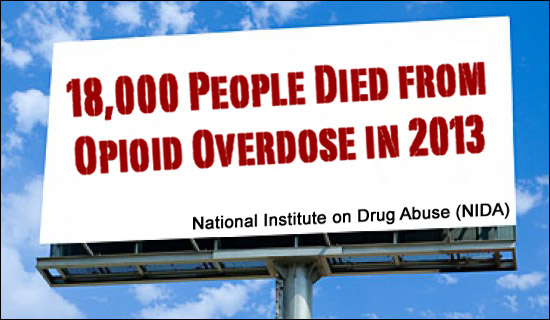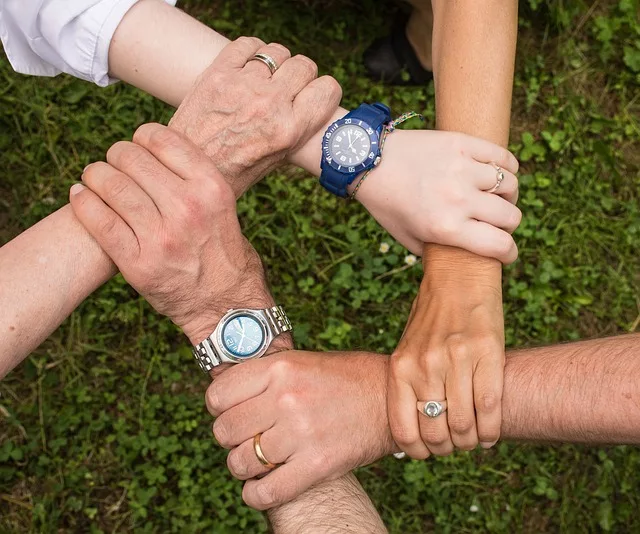Nobody ever wants to discuss the consequences of an opioid overdose, but the fact remains, people that are addicted to opioids and opiates may one day face a situation where they take too much, or buy something on the street that is stronger than they expected, and the drug takes over. And knowing that relapse is an inherent part of addiction, even those who have completed a recovery program and remained clean for years could succumb at any time.

Because of this, it’s important for users, along with their families and friends, to be aware of what happens during an overdose, and how to get help. An important rule for drug users is to never use alone, in case they overdose. We’re not endorsing drug use in any way, but we understand the nature of addiction and know it’s better to be prepared for the worst until detox and recovery have been completed. Even then, it’s imperative to know how to help a person that has overdosed.
It’s also important for people to understand that a tolerance is built up over time, and when using regularly, it takes a higher dose to get high. After recovery and abstaining from opioid drug use, people lose the tolerance but they will often take the same dose when they last used. This is one of the biggest reasons for overdose.
An estimated 18,000 people died from opioid overdose in 2013, according to the National Institute on Drug Abuse (NIDA). This statistic, however, only accounts for prescription opioids, painkillers like OxyContin and Vicodin. NIDA suggests that another 9,000 individuals in the U.S. died from heroin overdoses, though this number is likely low considering that overdosing on illegal drugs often goes unreported or undiagnosed.
The “high” that heroin and prescription opiates cause is extremely addictive if abused or misused. These drugs bind to receptors in the brain. Not only do opiates minimize pain, but they stimulate the body’s reward centers, causing feelings of euphoria and intense comfort.
What are the Most Common Opioids?
- Heroin
- Morphine
- Codeine
- Methadone
- Oxycodone (OxyContin, Percocet, Percodan)
- Hydrocodone (Norco, Vicodin, Lortab)
- Hydromorphone (Dilauded, Exalgo)
- Fentanyl (Fentora, Duragesic)
- Buprenorphine (Suboxone, Subutex)
What Happens During an Opioid Overdose?
In an opioid overdose, any number of different symptoms can arise. They range from feelings of pleasure, nausea, vomiting or severe allergic reactions. Because of the chemicals released in areas of the central nervous system that control blood pressure and breathing, an opiate overdose can cause a person’s heartbeat to slow and even stop.
Here are some reasons that an overdose might occur:
- An individual uses too much heroin or a patient deliberately misuses their opioid medication
- A prescriber miscalculating or overprescribing a dosage of opioids
- Patients or pharmacists misunderstanding the directions for usage
- Individuals abusing medications not prescribed for them
- Mixing heroin or prescription painkillers with alcohol or other medications
Who is at Risk of Opioid Overdose?
Anyone using opiates, medically or recreationally, develops a tolerance. This is when the body becomes accustomed to the drug, and higher doses are needed to achieve the original effect. Tolerance is gradually lost when users abstain from opioids for a period of time, which is why relapsing addicts are prone to overdose.
Without realizing their body can no longer process such large quantities of opioids, they inject or ingest the amount they were previously used to taking. This can lead to serious medical conditions, including fatal overdose.
Most at risk for opioid overdose are individuals abusing or misusing prescription painkillers, as well as those addicted to heroin.
Here are some other populations that, statistically, also fall in the “at risk” category:
- Recently incarcerated individuals with a past history of opioid dependency and abuse
- Individuals leaving drug rehabilitation after being treated for opiate addiction
- Anyone discharged from the emergency room after treatment for opioid intoxication or poisoning
- Those with a past history of substance abuse that are prescribed opioids for legitimate medical reasons
In Part II of Opioid and Heroin Overdose, we discuss how to prevent an opioid overdose, the signs that an overdose is occurring, as well as the necessary steps for those on the scene, either family members or first responders, to prevent the overdose from being fatal.
External Resources
- Centers for Disease Control and Prevention (CDC) Painkiller Overdose
- Prescription Drug Overdose: State Health Agencies Respond (PDF)
- National Association of State Alcohol and Drug Abuse Directors (NASADAD) – Prescription Drugs, and Heroin Abuse
Related Information





